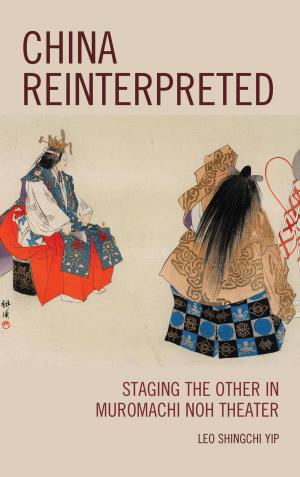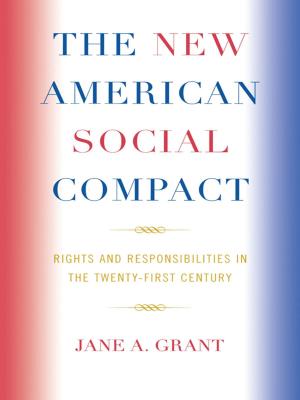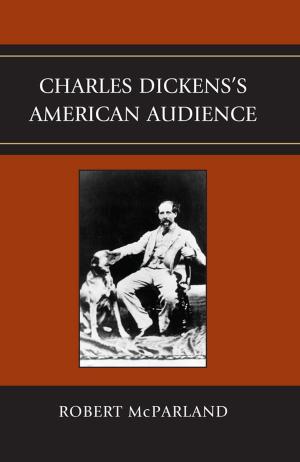Trains, Literature, and Culture
Reading and Writing the Rails
Nonfiction, Social & Cultural Studies, Social Science, Human Geography| Author: | Roxanna Curto, Beth Muellner, Alessio Lerro, Claudie Massicotte, Claudia May, Beth Muellner, Scott Palmer, Matt Thompson, Michael Velez | ISBN: | 9780739165621 |
| Publisher: | Lexington Books | Publication: | December 29, 2011 |
| Imprint: | Lexington Books | Language: | English |
| Author: | Roxanna Curto, Beth Muellner, Alessio Lerro, Claudie Massicotte, Claudia May, Beth Muellner, Scott Palmer, Matt Thompson, Michael Velez |
| ISBN: | 9780739165621 |
| Publisher: | Lexington Books |
| Publication: | December 29, 2011 |
| Imprint: | Lexington Books |
| Language: | English |
Trains, Literature and Culture: Reading and Writing the Rails delves into the rich connections between rail travel and the creation of cultural products from short stories to novels, from photographs to travel guides, and from artistic manifestos of the avant-garde to Freud’s psychology. Each of the contributions engages in critical readings of textual or visual representations of trains across a wide spectrum of time periods and traditions—from English and American to Mexican, West African and European literary cultures. By turns trope, metaphor, and emblem of technological progress, these textual and visual representations of the train serve at times to index racial and gender inequalities, to herald the arrival of a nation’s independence, and at still others to evince the trauma of industrialization. In each instance, the figure of the train emerges as a complex narrative form engaged by artists who were “Reading & Writing the Rails” as a way of assessing the competing discursive investments of cultural modernity.
Trains, Literature and Culture: Reading and Writing the Rails delves into the rich connections between rail travel and the creation of cultural products from short stories to novels, from photographs to travel guides, and from artistic manifestos of the avant-garde to Freud’s psychology. Each of the contributions engages in critical readings of textual or visual representations of trains across a wide spectrum of time periods and traditions—from English and American to Mexican, West African and European literary cultures. By turns trope, metaphor, and emblem of technological progress, these textual and visual representations of the train serve at times to index racial and gender inequalities, to herald the arrival of a nation’s independence, and at still others to evince the trauma of industrialization. In each instance, the figure of the train emerges as a complex narrative form engaged by artists who were “Reading & Writing the Rails” as a way of assessing the competing discursive investments of cultural modernity.















